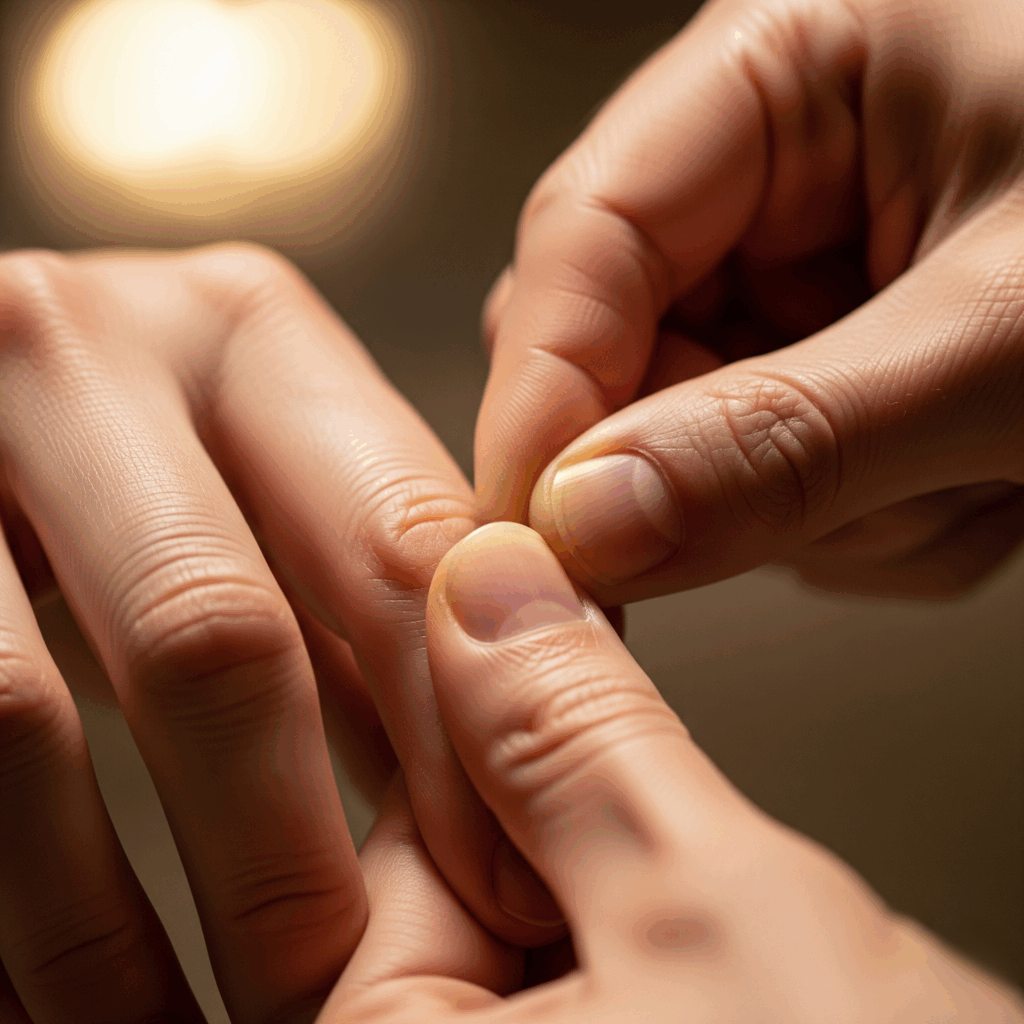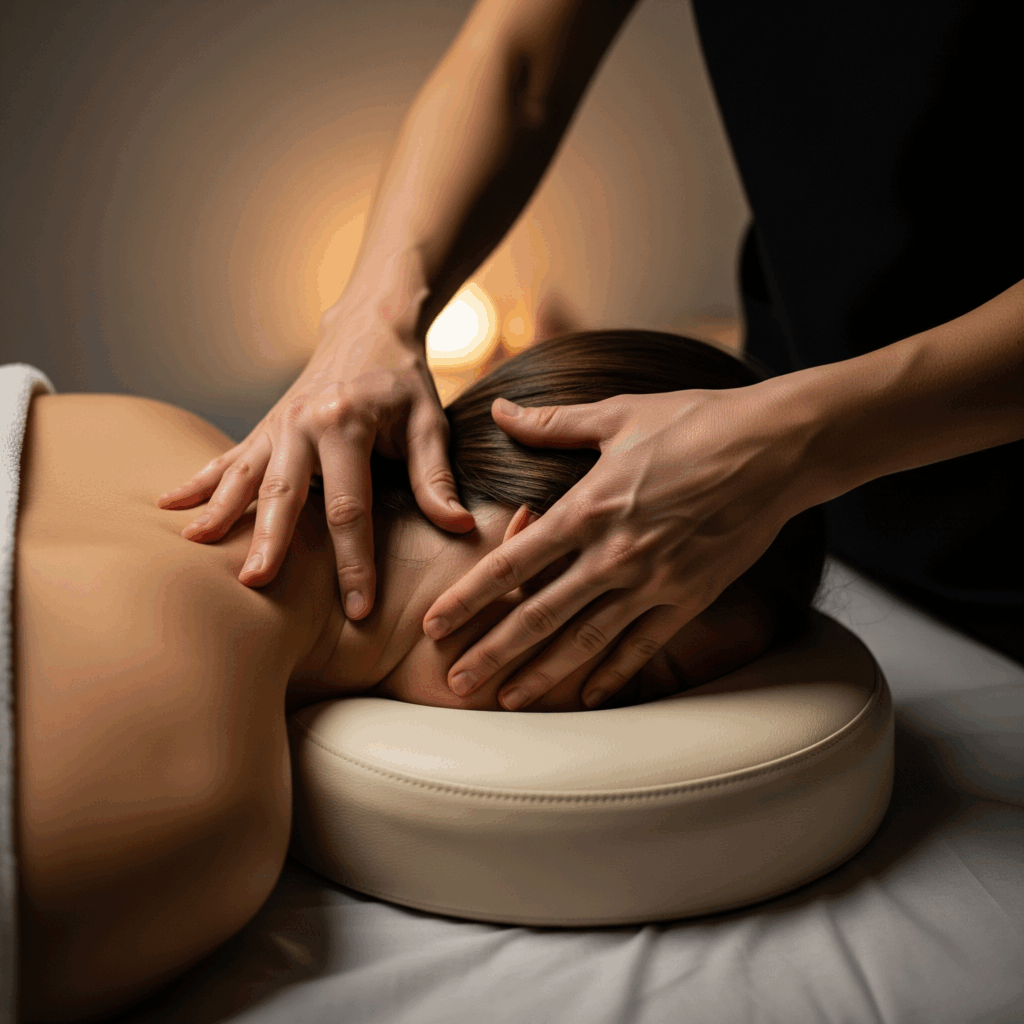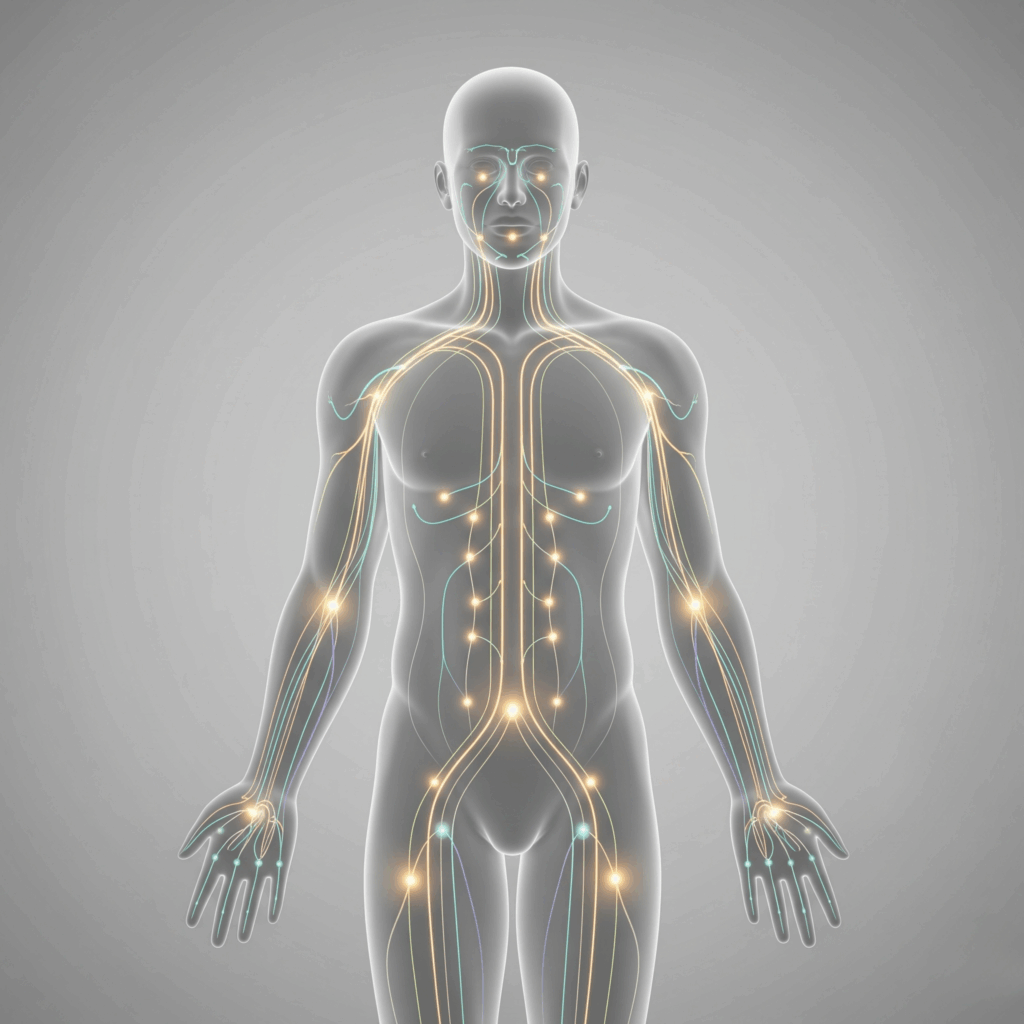The Power of Acupressure Natural Relief for Pain and Symptoms
Are you looking for a natural, non-invasive way to manage pain and other uncomfortable symptoms? Acupressure, an ancient healing practice rooted in Traditional Chinese Medicine (TCM), might be the solution you’ve been searching for. Often described as “acupuncture without the needles,” acupressure uses the power of touch to stimulate specific points on the body, promoting your body’s innate healing processes.
How Does Acupressure Work?
The fundamental principle of acupressure is the concept of qi (pronounced “chee”), or life energy, which flows through channels in the body called meridians. According to TCM, when this energy flow is blocked or imbalanced, it can lead to pain, illness, and various symptoms. By applying firm, steady pressure to specific acupoints, you can help unblock these meridians, restore the flow of qi, and encourage the body to heal itself.
Unlike a massage that focuses on muscles, acupressure targets these precise points, which are often located in different areas than where the pain is felt. For instance, a point on your hand might be used to relieve a headache.

Acupressure for Pain and Symptoms: What the Science Says
Modern research is increasingly validating the effectiveness of this traditional practice. Numerous scientific studies have explored acupressure’s benefits for a variety of conditions, with promising results.
- Pain Management: Acupressure has shown significant promise in managing chronic pain, including back pain, headaches, and migraines. Studies suggest it can help reduce the intensity and frequency of pain by stimulating the release of endorphins—the body’s natural painkillers.
- Nausea and Vomiting: One of the most well-researched applications of acupressure is for controlling nausea, whether from motion sickness, morning sickness during pregnancy, or chemotherapy. A specific point on the inner wrist (P6) is particularly effective and is often the focus of clinical trials.
- Stress and Anxiety: By promoting relaxation and reducing muscle tension, acupressure can have a profound calming effect on the nervous system. This can help alleviate symptoms of anxiety and improve overall mental well-being.
- Fatigue and Sleep: Applying pressure to certain points can help improve energy levels and address sleep disturbances, leading to better sleep quality and reduced fatigue.

A Simple Guide to Getting Started
You can practice many acupressure techniques on yourself at home. Here’s a basic guide to get you started:
- Find the Point: Use a diagram or a guide to locate the specific acupoint for your symptom.
- Apply Pressure: Use your thumb, fingers, or knuckles to apply firm, steady pressure to the point. The pressure should be enough to feel it, but not so much that it causes pain.
- Massage the Point: You can either hold the pressure or gently massage the point in a circular motion for about 30 seconds to a few minutes.
- Repeat: For best results, repeat the process on both sides of your body.
Always consult with a healthcare professional before using acupressure as a treatment for any medical condition.


Leave a Reply